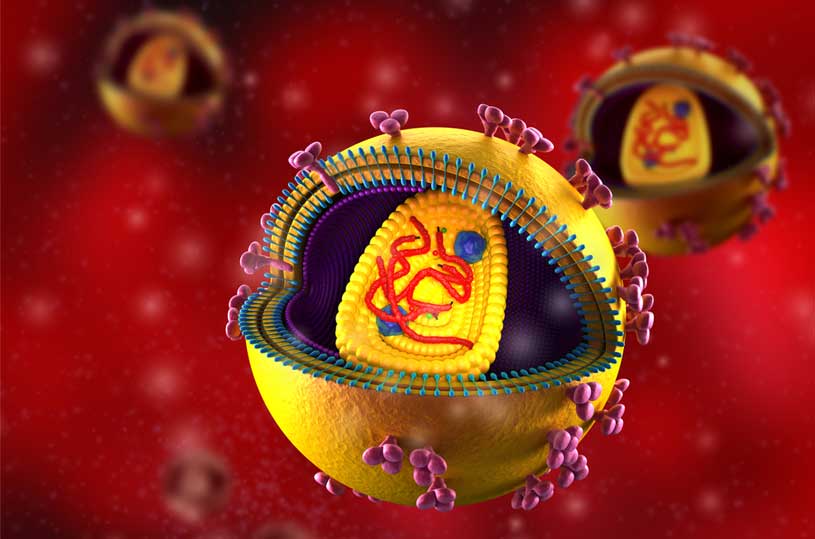Nuclear energy as we know it is “hot fusion” or thermo nuclear fusion. The massive heat is used to make steam which drives a turbine creating electricity. Thermo-nuclear fusion is a dangerous process that needs many controls to prevent overheating and radiation escape.
Physicists have known of the theoretical possibility of “cold-fusion” where a great amount of energy can be released but not in an overwhelmingly hot reaction. Physicists have dreamed of this “cold fusion” as a safe type of nuclear fusion instead of the dangerous nuclear fusion of the world’s current reactors, since the 1950s. But most of them gave up because the technique is so extremely complex and the conditions are too difficult to recreate.
But that may be changing now. Physicists at the Max Planck Institute for Plasma Physics finally created a cold fusion machine that uses just a few liters of seawater. It recently was fired-up, it can potentially create limitless supplies of energy and it is working exactly as the planners hoped it would. This machine called the Wendelstein 7-X “star-chamber” or it’s really science-fiction-like name Stellarator, mimics what happens in stars like our own sun. Our sun takes hydrogen and turns it into helium by adding a proton to its nucleus. This releases an enormous amount of heat energy. Now this super complex machine can do the same thing creating clean, radiation-free nuclear energy and is working perfectly.
The Wendelstein 7-X Stellarator is five meters wide and is housed in a huge lab in Greifswald, Germany,. It took 1.1 million hours to configure
and build. The “Stellarator” confines super-heated helium which turns into plasma. Specially created twisted three dimensional magnetic fields both create and maintain the plasma in its superheated state. Because of this, great heat reactions are then formed from the hydrogen in the sea water turning into helium. This heat can then power the steam turbines we are familiar with from coal plants and nuclear reactors.
If it’s so hot, why is it called cold fusion? That is because the whole nuclear reaction is miniscule in scale, gives off no radiation and creates no atomic waste as opposed to the nuclear reactions of today. In fact there is talk of using the heat to treat nuclear waste and render it atomically stable saving the need for safe disposal of the nuclear waste.
A physicist at New Jersey’s US Department of Energy’s Princeton Plasma Physics Laboratory (PPPL), Sam Lazerson said: “This is a significant step forward in stellarator research since it shows that the complicated and delicate magnetic topology can be created and verified with the required accuracy.”
The Max Planck Institute researchers stated in a press release that, “The findings, (are) a key step toward verifying the feasibility of “Stellarators” as models for future fusion reactors.”
Now that it was conclusively shown to work, the developers can focus on creating more efficient designs that will make this energy accessible and affordable.





